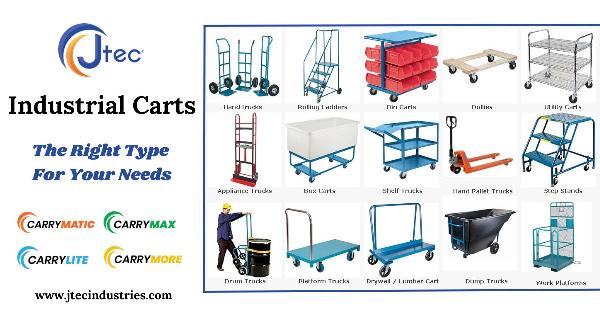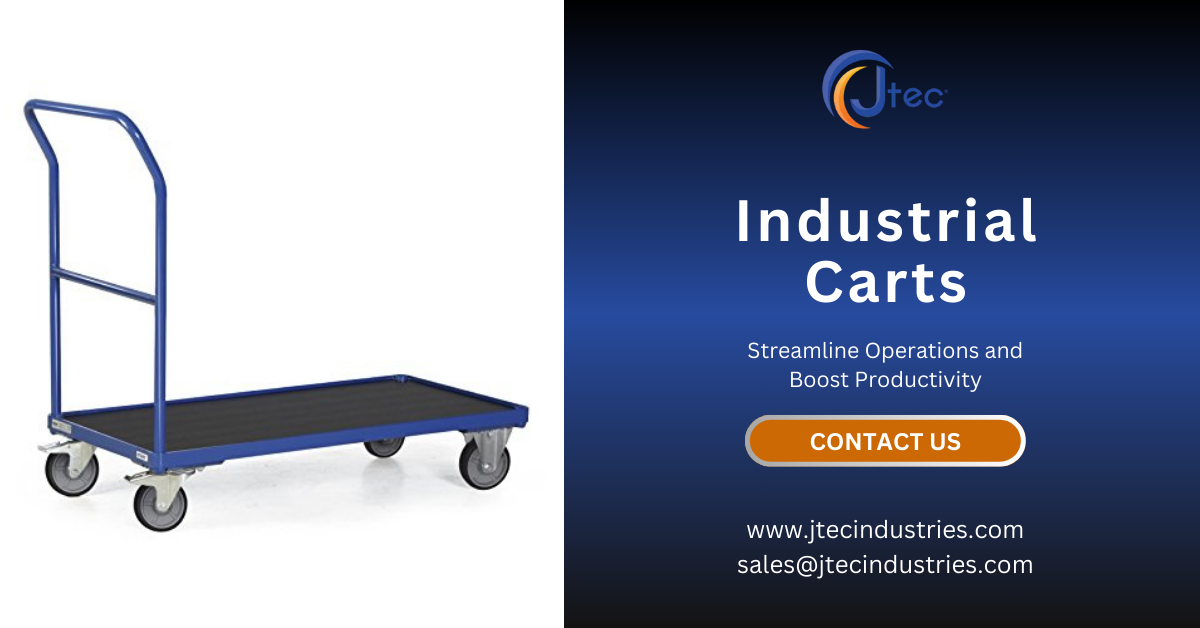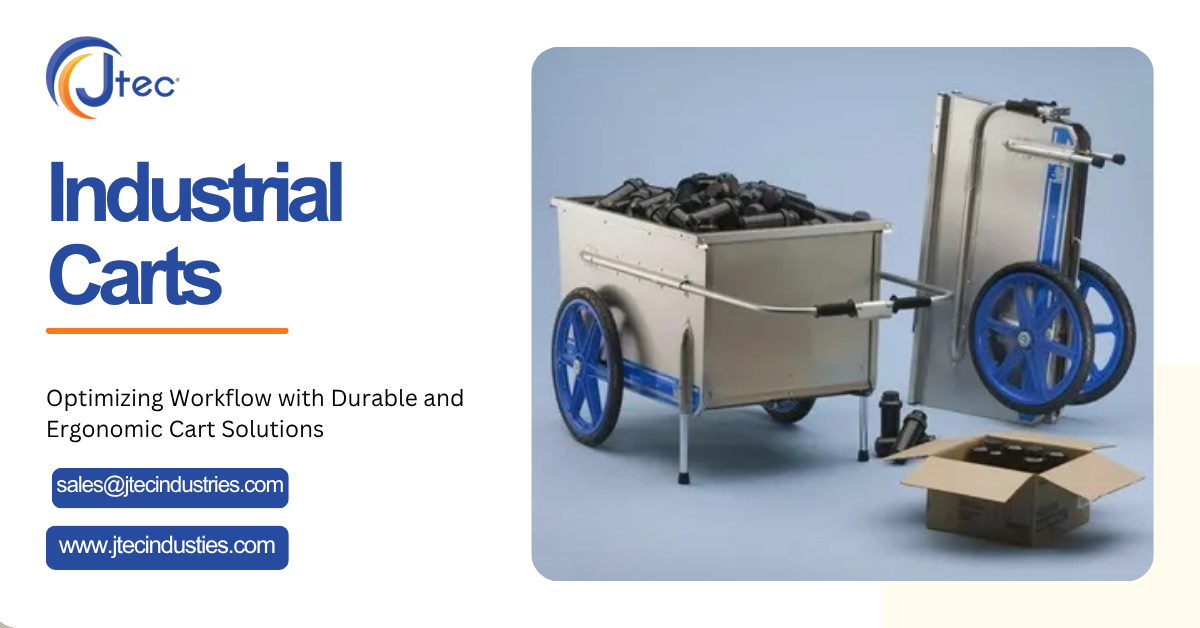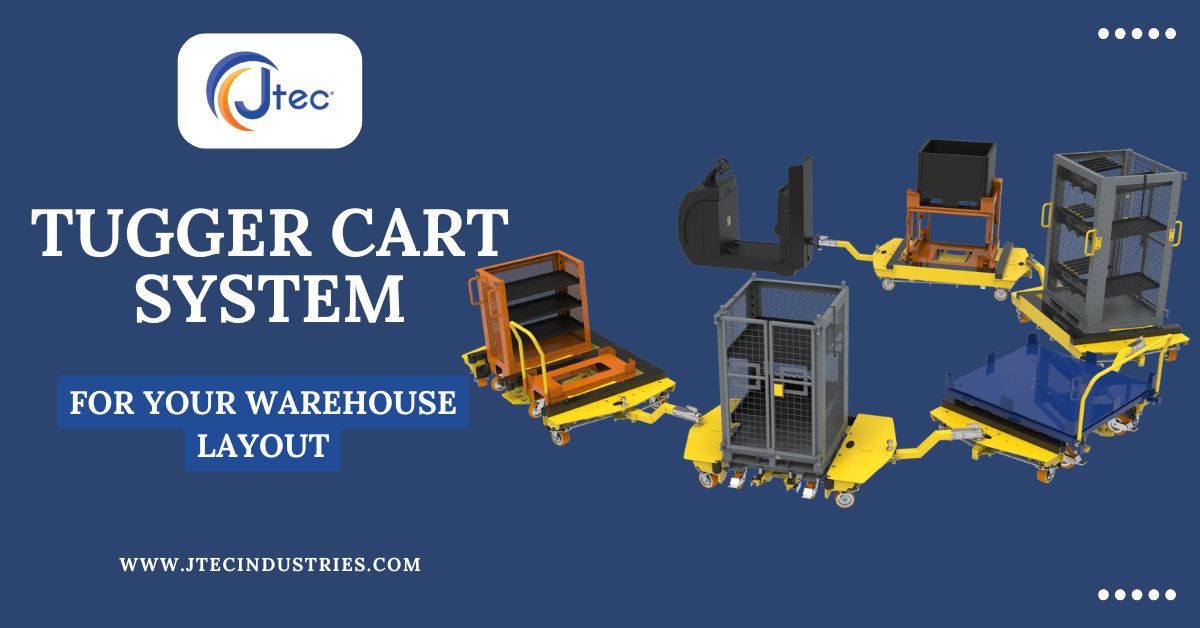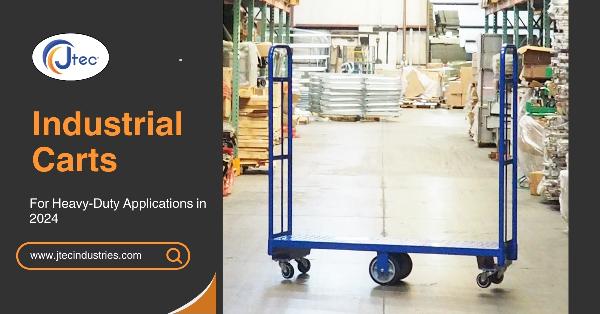The Evolution of Industrial Carts: From Basic Trolleys to High-Tech Solutions
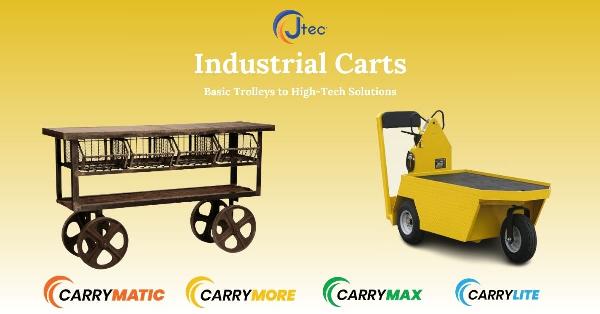
Strong 8k brings an ultra-HD IPTV experience to your living room and your pocket.
Industrial carts have had a major effect on the material handling scene in different industries. From humble beginnings as basic trolleys to today’s advanced, technology-driven solutions, these carts have evolved to meet the ever-changing needs of industries. This evolution showcases how these carts have adapted to become more efficient, ergonomic, and adaptable, thus keeping the growing demands of modern warehouses, manufacturing plants, and distribution centers.
In this blog, we will look at the evolution of industrial carts, exploring their history, the key advancements, and the high-tech features that have made them essential for the industrial environment.
The Humble Beginnings: Basic Trolleys
The story of industrial carts begins with the simplest form of transportation: the basic trolley. These early carts were designed to perform a straightforward task—moving goods from one point to another. Made of wood or metal, they often had two or four wheels and a handle, allowing workers to push or pull loads across short distances.
Key Characteristics:
Material: Primarily wood, with metal wheels and handles.
Design: Basic flatbed structure with simple construction.
Usage: Limited to transporting lightweight goods within small workspaces.
Although simple, these trolleys marked a significant advancement in reducing manual labor and increasing efficiency in moving items. However, as industries grow the need for more durable, versatile, and higher-capacity carts became obvious.
The Introduction of Heavy-Duty Carts
As industrialization progressed during the 19th and 20th centuries, factories and warehouses required carts that could carry bigger loads. This demand led to the development of heavy-duty carts, which were more powerful and built to take rigid use.
Key Characteristics:
Material: Steel construction for added strength and durability.
Load Capacity: They can lift much heavier weights than their wooden counterparts.
Design: Equipped with supported wheels and handles for better control and stability.
These heavy-duty carts revolutionized material handling by enabling workers to transport larger goods more efficiently. The increased durability and load capacity made them necessary in manufacturing plants, warehouses, and construction sites.
The Rise of Specialty Industrial Carts
As industries varied, there was a growing demand for carts specialized for specific applications. This time saw the development of specialized carts customized to meet various operational needs, such as:
Utility Carts: For moving tools, parts, and small equipment.
Platform Carts: With larger flat surfaces for transporting bulky items.
Order Picking Carts: Designed for easy access to items, ideal for warehouses and distribution centers.
Key Characteristics:
Customization: Different sizes, shapes, and designs based on the task.
Enhanced Mobility: Swivel casters and braking systems were introduced to improve maneuverability.
Versatility: This could be adapted to handle various materials, from delicate items to heavy machinery.
This time, it signified a dramatic change toward developing carts for specific industrial operations, leading to more efficient workflows and reduced handling time.
Ergonomic and Safety Enhancements
The late 20th century saw increased awareness of workplace safety and ergonomics. These carts experienced additional transformation to address these concerns, leading to designs that prioritized worker health, safety, and comfort.
Key Innovations:
Adjustable Handles: To reduce pressure on workers and adjust different heights.
Non-Slip Surfaces: To prevent accidents while loading and unloading items.
Brake Systems: Improved braking mechanisms to ensure stability and stop carts from rolling away.
These changes significantly reduced the risk of workplace injuries, making these carts safer and more user-friendly. As a result, companies could improve productivity while ensuring the well-being of their employees.
The Time of High-Tech Solutions
In recent years, technological advancements have shown in a time of high-tech industrial carts. Modern carts are now equipped with smart technology, automation, and even robotics to meet the demands of today’s high-speed, data-driven environments.
Key Features of High-Tech Industrial Carts:
Automated Guided Vehicles (AGVs): These carts can navigate warehouse floors autonomously, guided by sensors, lasers, or magnetic strips. They reduce the need for manual handling and can operate 24/7, increasing efficiency and reducing labor costs.
Powered Carts: Carts equipped with electric motors help workers move heavy items easily. They are ideal for transporting goods over long distances within big facilities, saving time and energy.
IoT Integration: Modern carts can be equipped with Internet of Things (IoT) sensors that track their location, load weight, and usage patterns. This data can be monitored in real-time, allowing for better inventory management and workflow optimization.
Ergonomic Lifting Mechanisms: Advanced carts now come with hydraulic or electric lifting capabilities, allowing workers to raise and lower the cart’s platform to reduce bending and lifting, minimizing the risk of injury.
These high-tech solutions have revolutionized the way goods are transported in industrial environments. By integrating automation and smart technologies, modern carts contribute to faster, safer, and more efficient workflows.
The Future of Industrial Carts
The evolution of industrial carts is far from over. As industries continue to accept technology, we can expect further advancements in this field. Some trends that are likely to shape the future of these carts include:
Artificial Intelligence (AI): AI-driven carts could adapt to their environment, optimize routes, and interact with other machinery, creating fully automated and synchronized material handling systems.
Sustainable Materials: With a growing focus on sustainability, future carts may be constructed from eco-friendly materials, making them more environmentally responsible.
Augmented Reality (AR) Integration: AR may be utilized to guide workers in using carts, displaying real-time information about load capacity, destination, or maintenance needs, and enhancing productivity and safety.
Conclusion
The evolution of these carts from basic trolleys to high-tech solutions shows how innovation and technology have transformed material handling carts across industries. What began as simple wooden carts has now evolved into sophisticated, automated systems that improve efficiency, safety, and productivity. As technology advances, we expect even more exciting developments that redefine industrial carts and support various industries.
By understanding this evolution, businesses can appreciate the value that modern industrial carts bring to their operations and make wise choices when selecting the best carts for their needs. The journey of these carts shows how continuous improvement and adaptation can lead to greater efficiency and productivity in the industrial world.
Read Also: Innovative Design Features to Look for in Modern Industrial Carts
Note: IndiBlogHub features both user-submitted and editorial content. We do not verify third-party contributions. Read our Disclaimer and Privacy Policyfor details.



